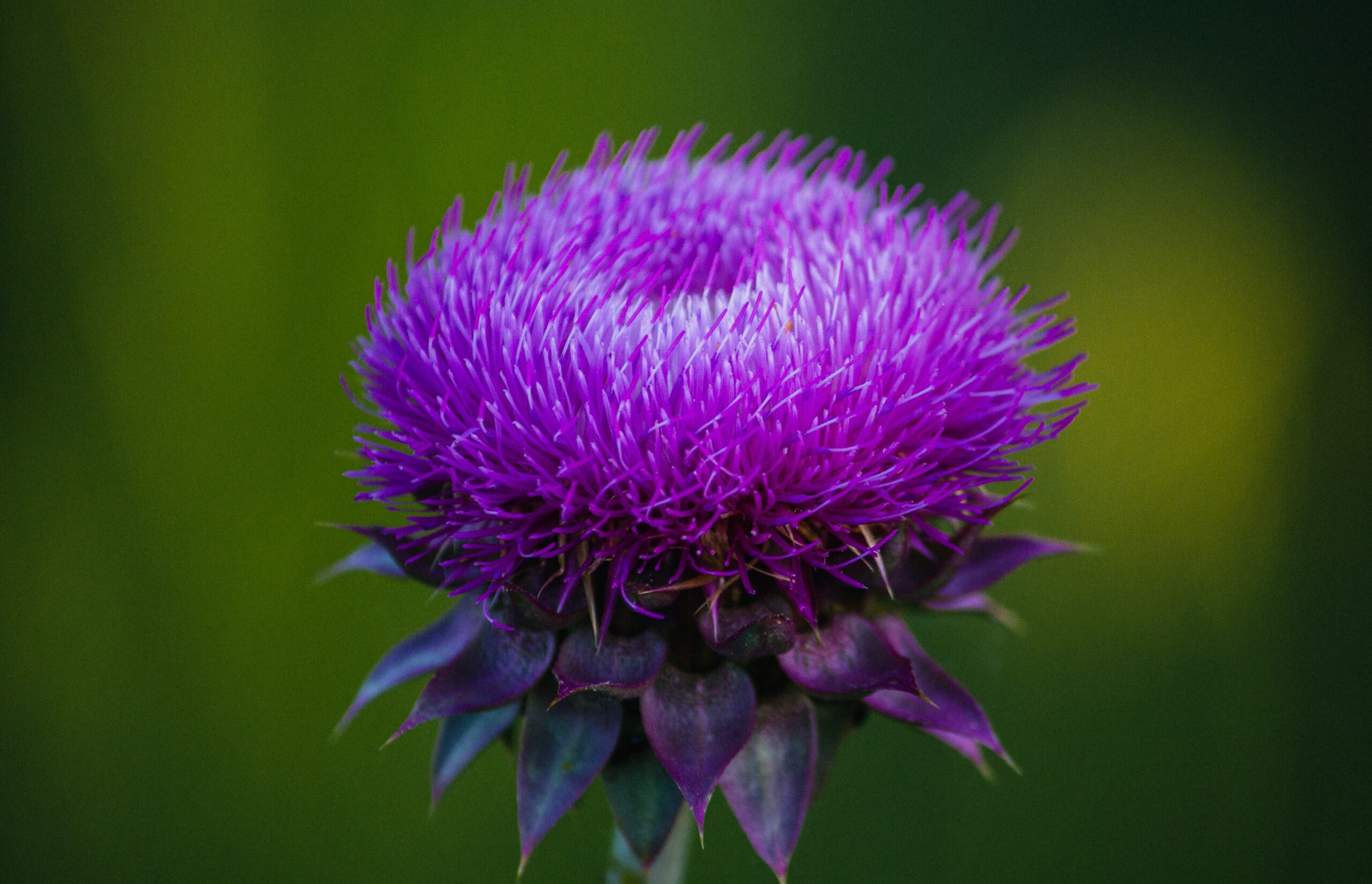“Wild foods connect people to the treasure box of Mother Earth, changing their mindset on nutrition and nature, and opening them up to a new universe of sustainability.”
– Jouko Kivimetsä, Finnish expert on wild edible plants
Table of contents:
You can read this article in 3 minutes.
Introduction
Modern society’s increasing disconnection from nature is manifesting in higher numbers of physical and mental illnesses, as well as environmental degradation, as people feel less inclined to care for ecosystems that they rarely visit. It is time to reverse this trend. According to recent studies, spending time in nature alleviates people’s levels of stress and depression, increases the release of ‘happiness hormones’, boosts creativity, and strengthens our immune systems, amongst many other benefits, thus making nature key to our mental, emotional, and physical health. To thrive in today’s society, we must each find a balance between keeping pace with the high-tech world around us, and nurturing our relationship to nature.
One of the most fundamental ways to connect with nature is through our food. Our survival depends on eating, and yet most of the time, we don’t even know where our food comes from. To explore this connection, in January 2023 Naturally Balanced collaborated with a leading Finnish foraging expert – Jouko Kivimetsä – and organised a group excursion to explore the wild edible plants in Barcelona’s nearby Collserola park. All who attended were taken in by Jouko’s passion for incorporating nutrient-dense and delicious wild foods into a diet of local seasonal produce, and were inspired to continue gathering wild foods as part of their nature connection practice. Gathering wild edible plants both enhances our nutrition, and strengthens our understanding of the origin of our food, thus contributing to the slow food movement that’s gaining momentum across the world.
For people based in Southern Europe, below are some of the plants we identified along the way. So, put on some comfortable shoes, head into the woods, and come home with a basket full of treasures!
Explore more: Edible wild plants – how to use them safely?
Wild Edible Plants – Nutritional properties, and how to prepare them
Malva Sylvestris (Common Mallow)
Nutritional qualities: anti-inflammatory, healing for the skin (used topically to treat bruises, burns, and swellings)
Ways to consume: The leaves can be eaten raw, or infused into a tea.
Wild radish
Nutritional qualities: contains vitamins B and C, potassium, rutin, and folic acid
Ways to consume: The leaves and flowers can be eaten raw.
Wild nettle
Nutritional qualities: Contains vitamins A, B, C and K, antioxidants, calcium, iron, magnesium, phosphorus, potassium, sodium, amino acids
Ways to consume: The leaves can be eaten cooked, or infused into tea (avoid eating the leaves raw as the barbs can cause irritation).
Milk thistle
Nutritional qualities: This plant is liver cleansing, antioxidant, and moisturising for the skin.
Ways to consume: The root, stem, leaves and flowers can all be eaten raw or cooked.
Wood sorrel (Oxalis)
Nutritional qualities: Supports digestion and reduces inflammation
Ways to consume: The leaves can be eaten raw.
Dandelion
Nutritional qualities: Contains vitamins A, C, E and K, iron, calcium, magnesium, and potassium
Ways to consume: The leaves and flowers can be eaten raw, cooked, or infused into a tea
Plantain
Nutritional qualities: Contains vitamins A and C, and calcium; the leaves are anti-inflammatory (used on skin to treat bites, stings, and eczema), good for the digestive system, and astringent.
Ways to consume: The leaves can be eaten raw or cooked, or infused into a tea
Don’t wait any longer – go and discover the wild edible plants near you, and connect with the abundant nature and food around you!
Keep an eye out for future events on Naturally Balanced’s social media channels, website, and newsletter! *add here link to the newsletter signup form
Check out also: Wild Edible Plants – Nature’s Forgotten Potential

